The British Garrison Cemetery in Kandy: A Peaceful Piece of History
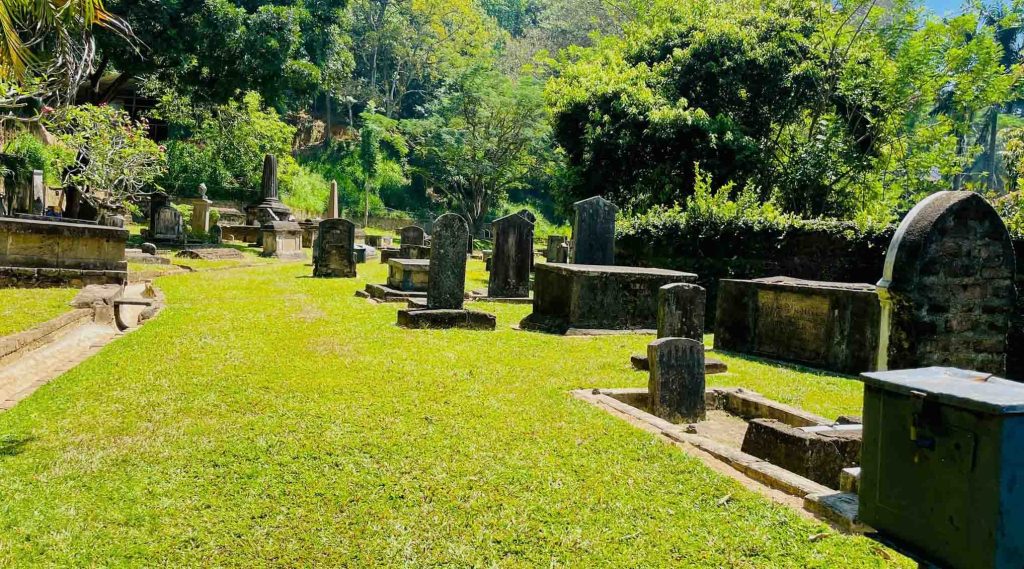
The British Garrison Cemetery in Kandy is a poignant reminder of Sri Lanka’s colonial past. This serene resting place, nestled amidst the vibrant city, offers a unique opportunity to delve into the island’s history. If you’re planning a trip to Kandy, a visit to this cemetery is a must for history buffs and those seeking […]
Heel Oya Tourism Village: A Slice of Authentic Sri Lankan Life
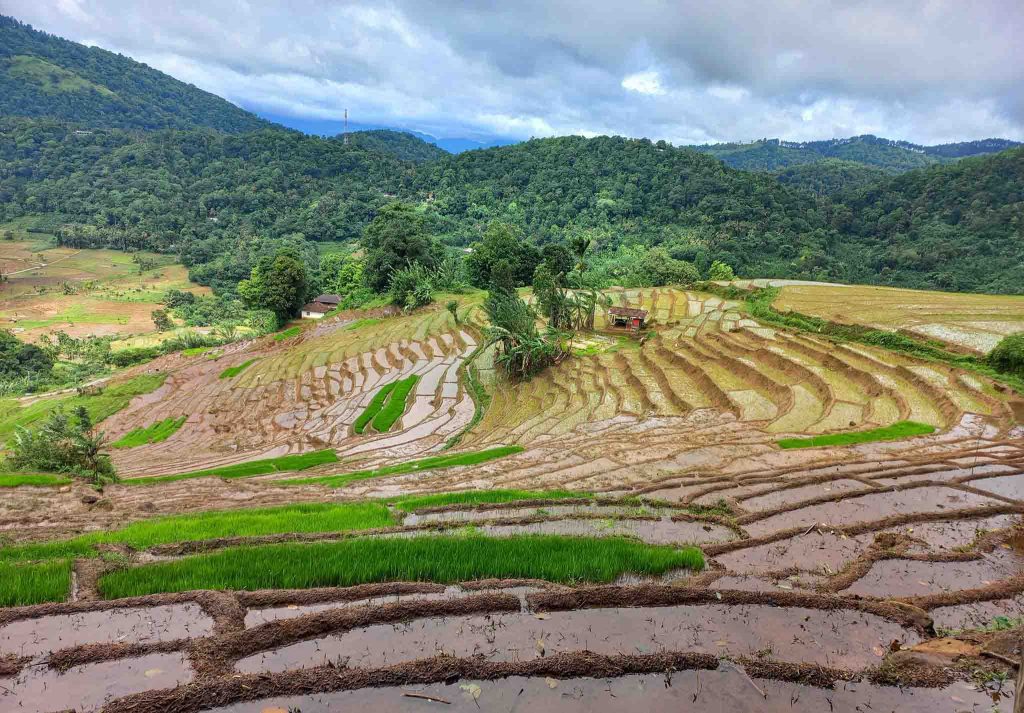
Nestled amidst the lush greenery of the Kandy district, Heel Oya Tourism Village offers a captivating glimpse into the traditional Sri Lankan way of life. This enchanting hamlet, untouched by the hustle and bustle of city life, invites travelers to immerse themselves in a world of tranquility, natural beauty, and warm hospitality. . A Haven […]
Where to See Elephants in Sri Lanka: A Wildlife Lover’s Paradise
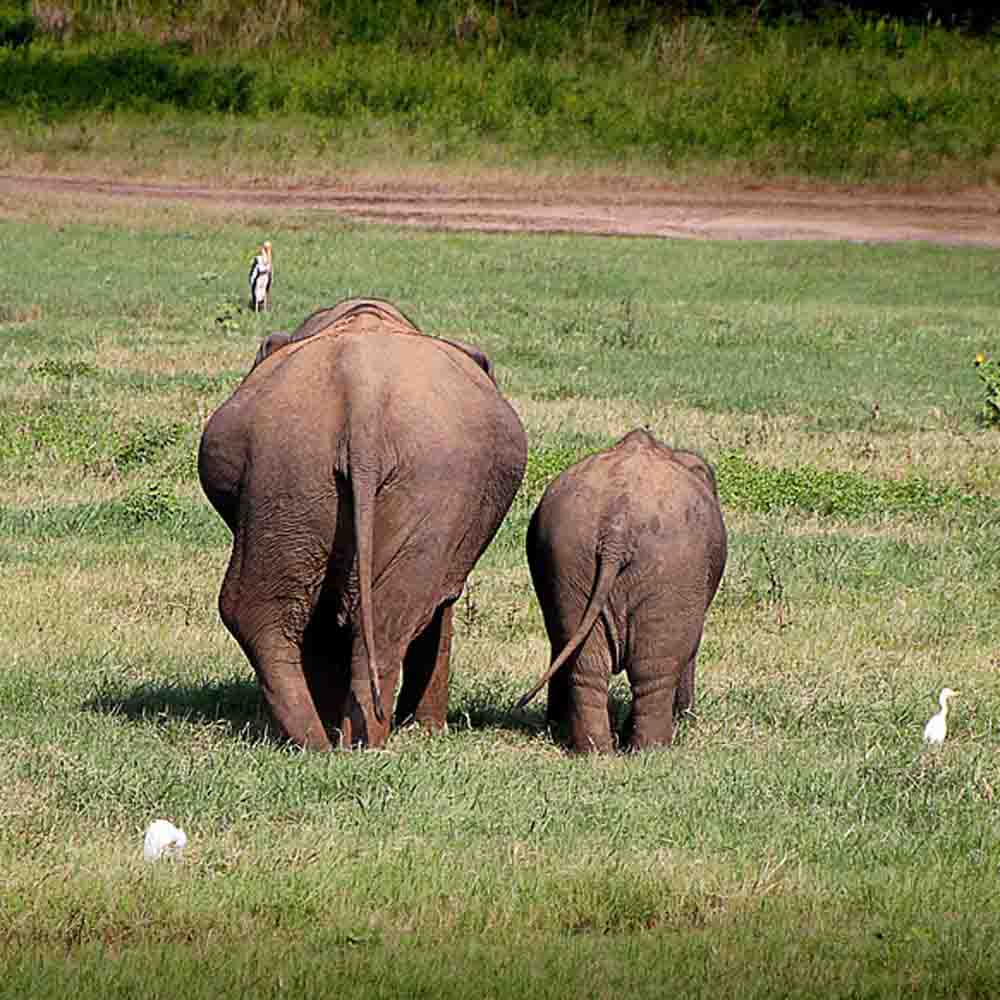
Sri Lanka, a breathtaking island nation, is renowned for its rich biodiversity and stunning landscapes. Among its many treasures, the majestic Asian elephant stands as a symbol of the country’s natural heritage. Home to one of the largest populations of these gentle giants, Sri Lanka offers unparalleled opportunities to witness elephants in their natural habitat. […]
Kandy Esala Perahera 2024: Witness the Dazzling Spectacle
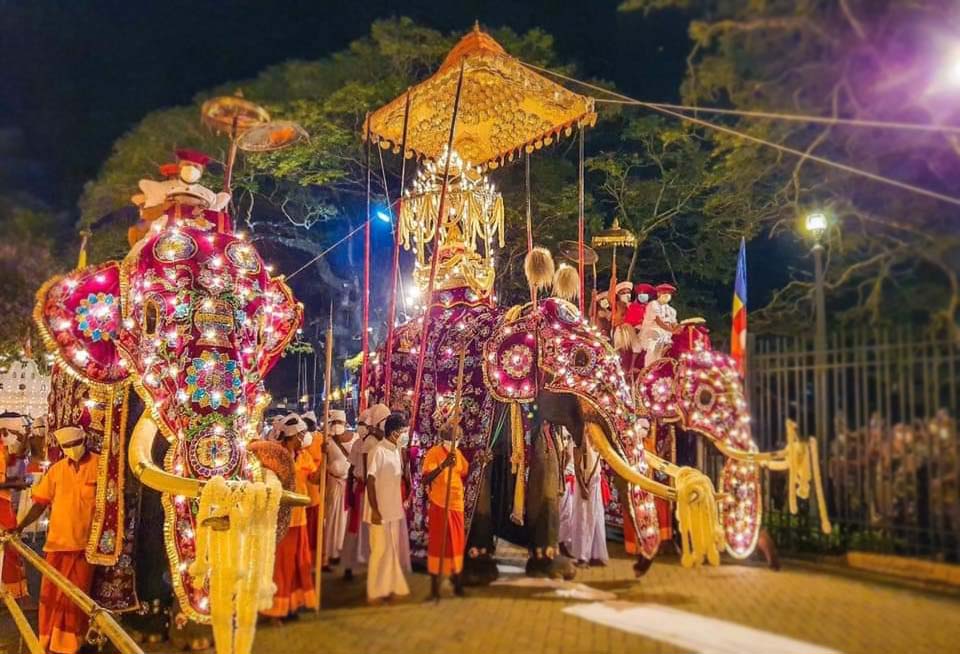
Every August, Kandy in Sri Lanka becomes a fantastic stage for the Kandy Esala Perahera. This ten-day festival is full of history & energy. It beautifully showcases Sri Lankan heritage. The Kandy Esala Perahera 2024 is going to held in August and it is the festival that you should not missed in Sri Lanka. Picture […]
Gal Oya National Park: Sri Lanka’s Hidden Wildlife Paradise
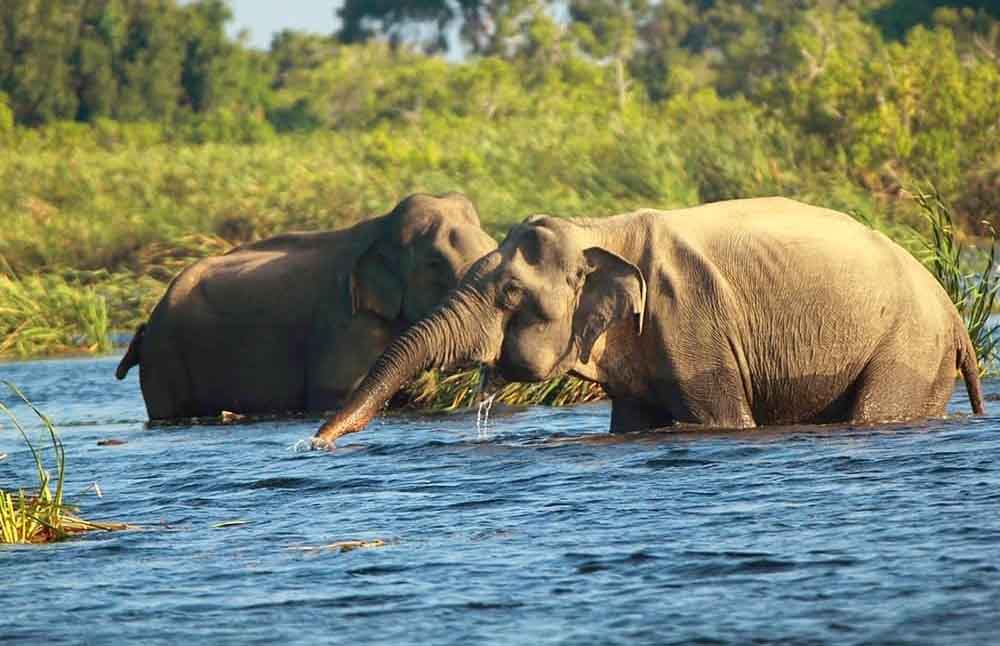
Sri Lanka, a resplendent island nation, boasts a treasure trove of national parks, each showcasing the country’s rich biodiversity. Yet, nestled amidst the more prominent ones lies a secret haven for nature enthusiasts – Gal Oya National Park. Often overshadowed by its illustrious counterparts, Gal Oya offers an unparalleled wildlife experience, captivating landscapes, and a […]
Uppuveli Beach: Your Slice of Paradise in Trincomalee
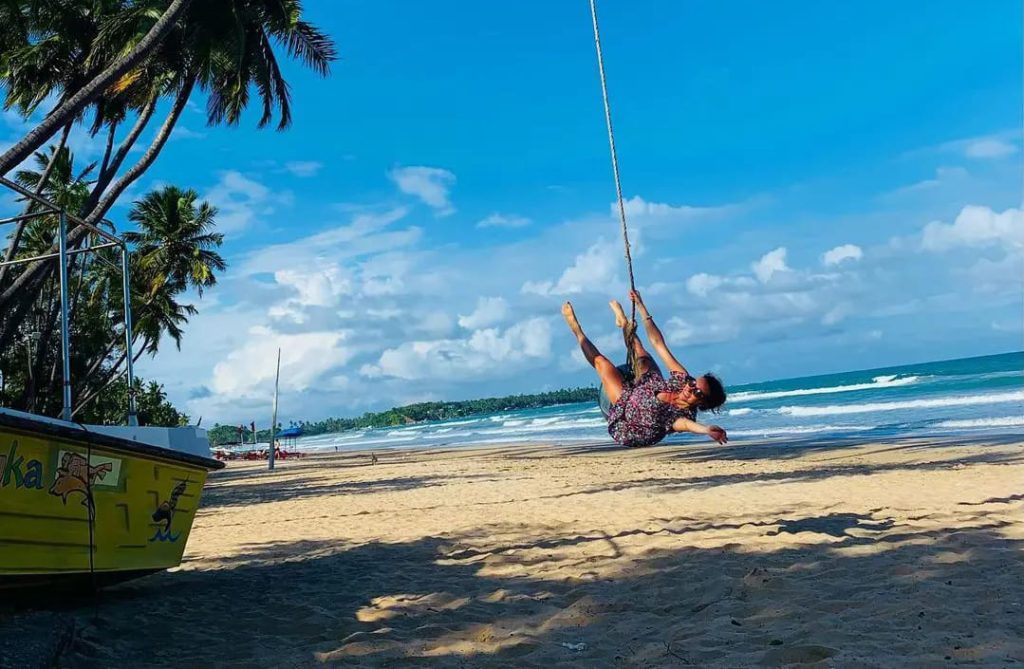
Uppuveli Beach, a crescent of golden sand nestled on Sri Lanka’s northeastern coast, offers an unforgettable experience for travelers seeking serenity and a taste of the local vibe. Uppuveli Beach rests just a stone’s throw (well, a 6km taxi ride) from Trincomalee town. . Finding Your Perfect Uppuveli Escape Whether you’re already exploring Sri Lanka’s […]
Best Places to See Leopards in Sri Lanka
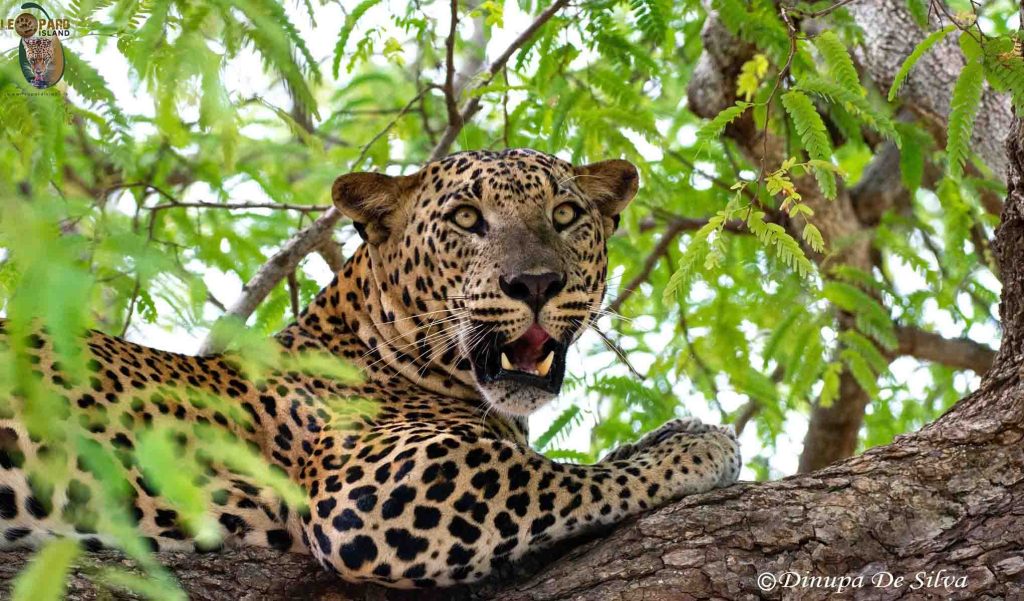
Are you looking for the for the best places to see leopards in Sri Lanka? If yes, here is the guide you must read until the end. Sri Lanka is a beautiful island in the Indian Ocean with rich and amazing wildlife. There, you can see many national parks on this tiny island with abundant […]
Unveiling Kudumbigala Monastery: A Hidden Gem in Sri Lanka’s East
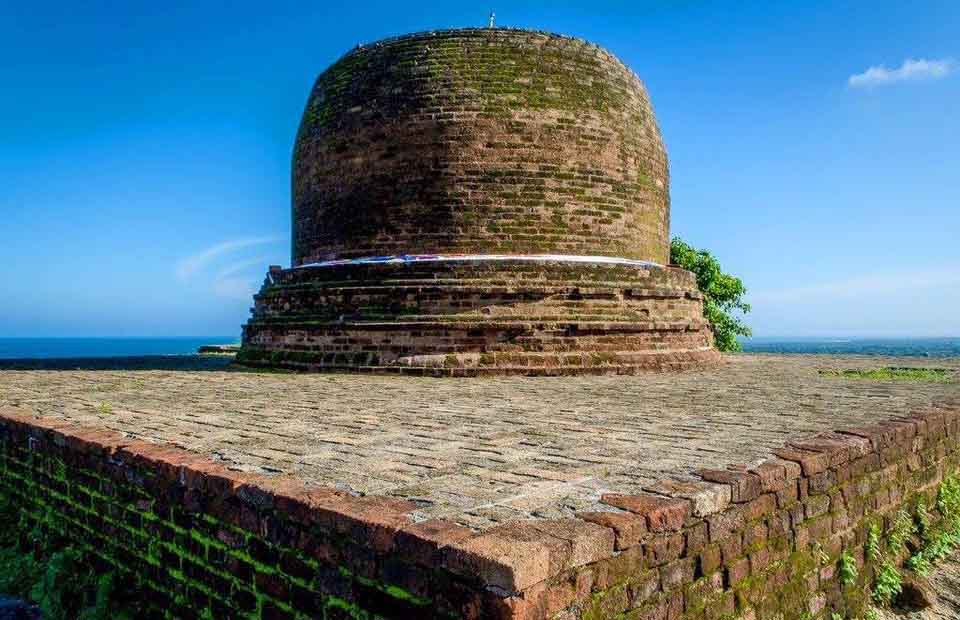
Tucked away amidst the lush jungles bordering Kumana National Park lies Kudumbigala Monastery, a haven of serenity and historical significance for visitors seeking a unique experience in Eastern Sri Lanka. This ancient Buddhist monastery, dating back to the reign of King Devanampiyatissa in 246 BC, offers a glimpse into Sri Lanka’s rich past and a […]
Fort Frederick at Trincomalee: A Sri Lankan Adventure Through Time!
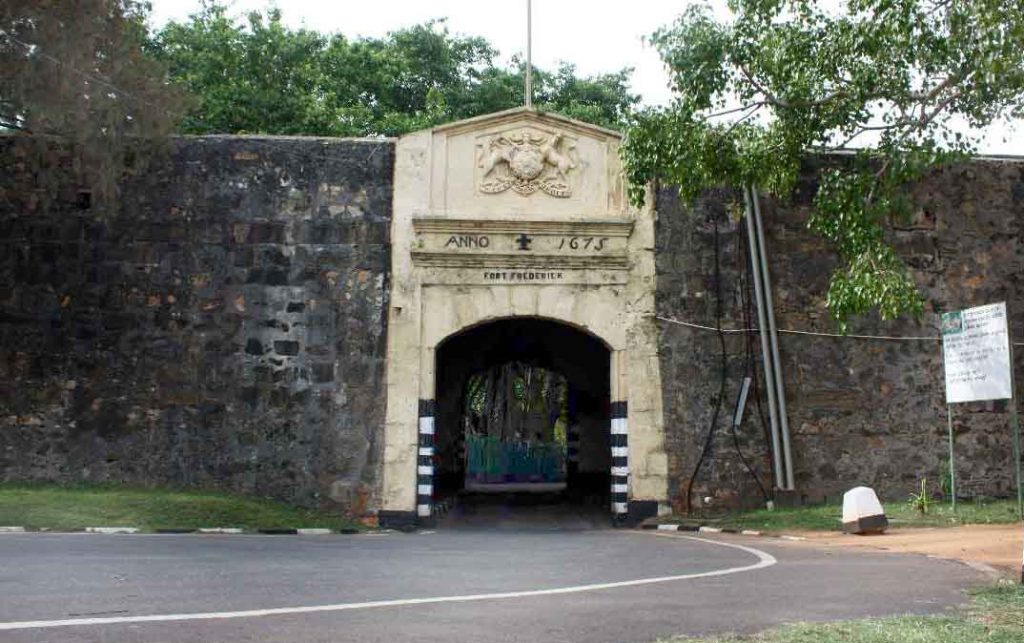
Fort Frederick, an amazing old fort in Trincomalee, Sri Lanka, is like a giant storybook come to life! This giant building by the ocean is a mix of history and beautiful scenery, making it a must-see on your Sri Lankan trip. A Long History Fort Frederick’s story starts way back in 1624. Back then, people […]
Whale and Dolphin Watching in Trincomalee
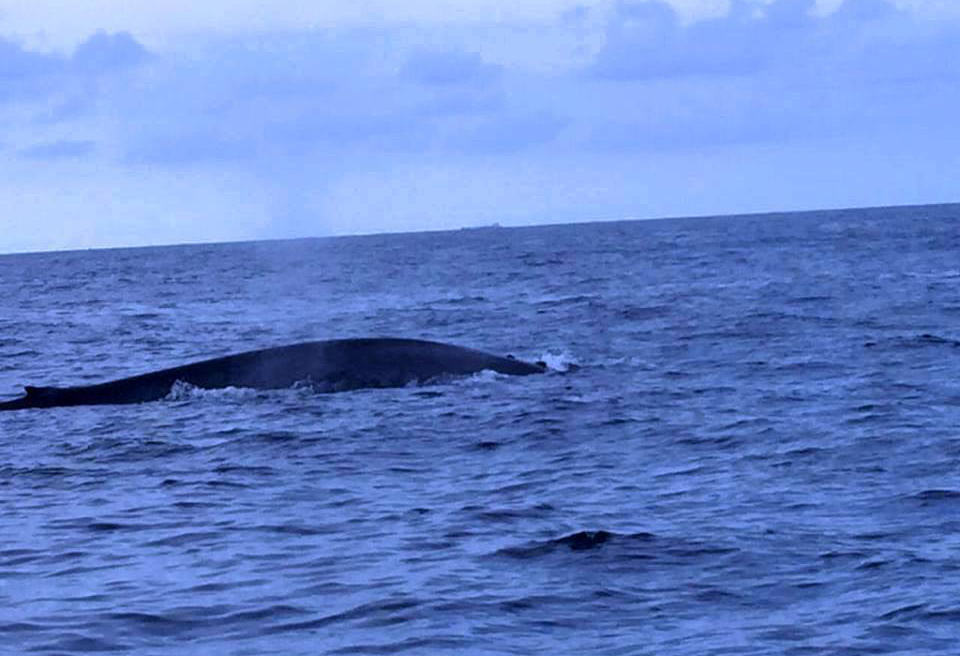
If you are seeking whale watching in Trincomalee or dolphin watching in Trincomalee, you’ve come to the right place. This article aims to provide valuable information about whale and dolphin watching tours in Trincomalee and its surroundings. We encourage you to read the full article for all the details. The Indian Ocean boasts abundant marine […]
